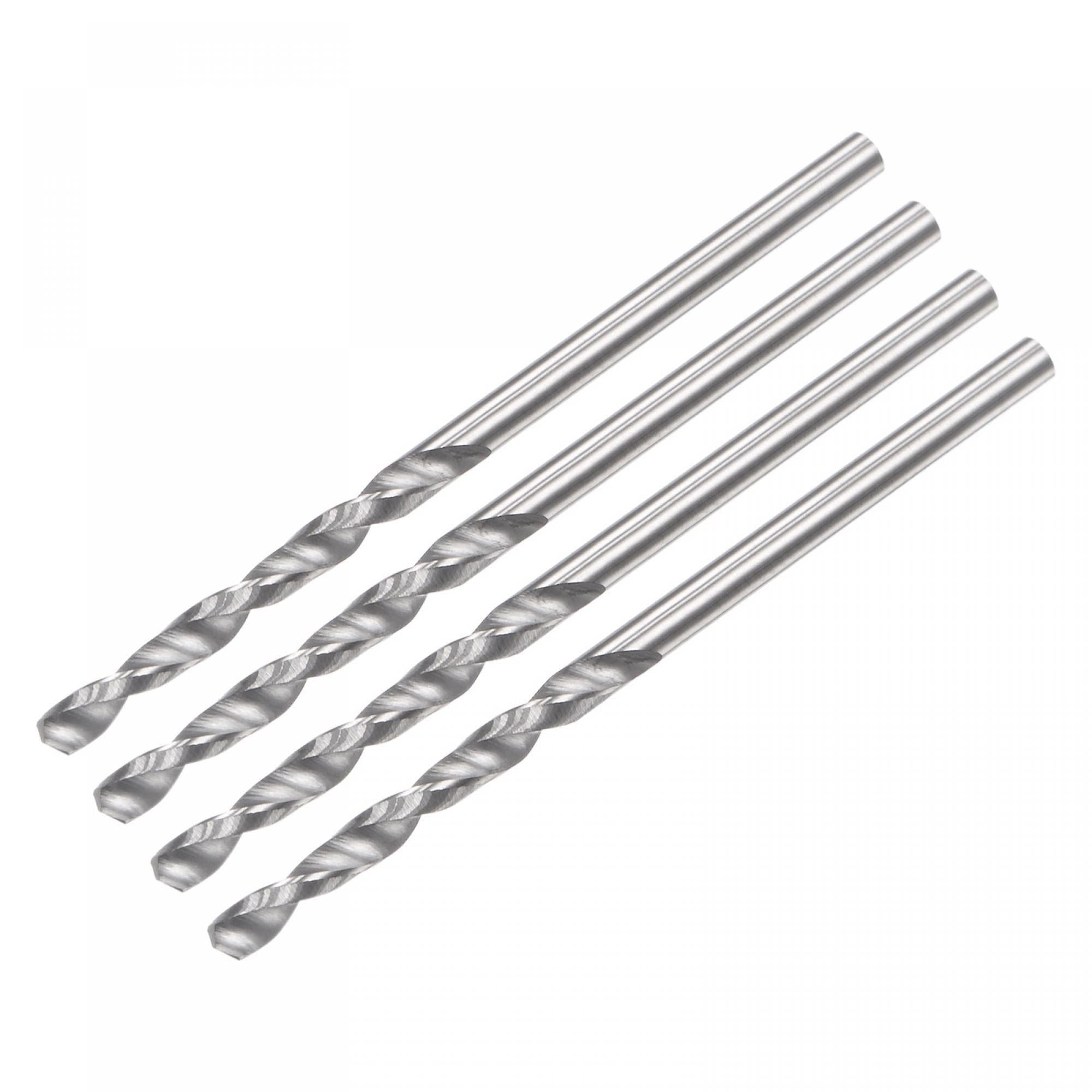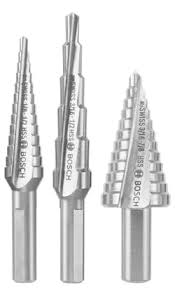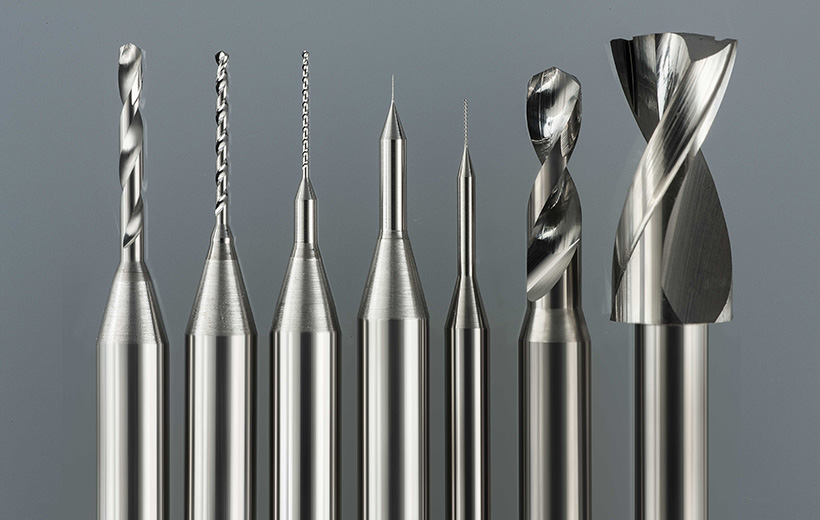Are you struggling to select the perfect PCB drill bit for your next project? Whether you're drilling through FR-4 boards or tackling microvias, choosing the right drill bit can make or break your printed circuit board (PCB) fabrication process. In this comprehensive guide, we’ll help you navigate the world of PCB drill bits by covering material selection (like carbide vs. HSS drill bits), types, sizes, and specific applications. Let’s dive into everything you need to know to make an informed decision and achieve precise, reliable results.
Why Choosing the Right PCB Drill Bit Matters
For electrical engineers, precision is everything in PCB manufacturing. A poorly chosen drill bit can lead to damaged boards, inaccurate hole sizes, or even costly delays. Drilling is often the most time-consuming and expensive step in PCB fabrication, so getting it right the first time is critical. A small mistake, like using a dull or incorrect bit, can result in rough edges, burrs, or even broken boards—especially when working with delicate materials like PCB material FR4 or drilling tiny microvias.
In this guide, we’ll break down the essentials of PCB drill bit material selection, compare carbide vs. HSS drill bits, provide a handy PCB drill bit size chart, and recommend the best PCB drill bits for FR-4 and PCB drill bits for microvias. By the end, you’ll have actionable insights to optimize your drilling process.
Understanding PCB Drill Bit Materials: Carbide vs. HSS Drill Bits
The material of your drill bit plays a huge role in its performance, durability, and suitability for specific PCB materials. Let’s compare the two most common options: carbide and high-speed steel (HSS).
Carbide Drill Bits
Carbide drill bits are the go-to choice for professional PCB fabrication. Made from tungsten carbide, these bits are incredibly hard and durable, making them ideal for drilling through tough materials like FR-4 fiberglass boards. Here are some key benefits:
- Durability: Carbide bits last up to 10 times longer than HSS bits, reducing the need for frequent replacements.
- Precision: They maintain sharpness even after drilling hundreds of holes, ensuring consistent hole quality.
- Heat Resistance: Carbide can withstand high temperatures without deforming, which is crucial when drilling at high speeds (often 20,000 to 80,000 RPM in PCB applications).
However, carbide bits are more expensive, often costing 2-3 times more than HSS bits. They’re also brittle, so they can snap if not handled carefully or if the drilling setup isn’t perfectly aligned.

High-Speed Steel (HSS) Drill Bits
HSS drill bits are made from a steel alloy designed to handle high temperatures and speeds. They’re a more budget-friendly option, but they come with trade-offs:
- Cost-Effective: HSS bits are cheaper, making them a good choice for hobbyists or low-volume projects.
- Flexibility: Less brittle than carbide, so they’re less likely to break under minor misalignment.
- Limitations: HSS dulls quickly, especially on abrasive materials like FR-4, and isn’t suitable for high-speed or high-volume drilling.
Verdict on Carbide vs. HSS Drill Bits: For professional PCB work, especially with FR-4 or multi-layer boards, carbide is the clear winner due to its longevity and precision. HSS might suffice for one-off projects or softer materials, but it won’t keep up in demanding applications.

Types of PCB Drill Bits and Their Applications
Beyond material, the type of drill bit you choose depends on the specific requirements of your PCB design. Here are the main types and their uses:
Standard Twist Drill Bits
These are the most common PCB drill bits, featuring a spiral design for efficient chip removal. They’re versatile and work well for through-hole components on standard FR-4 boards. Typical sizes range from 0.5 mm to 3.0 mm, covering most component leads.
Micro Drill Bits
Micro drill bits are designed for small holes, often below 0.5 mm, used in HDI PCBs or microvias. These require high-precision equipment and are almost always made of carbide to maintain accuracy at such small diameters.
Step Drill Bits
Step bits are used for drilling holes of varying diameters in a single operation. They’re less common in PCB work but can be useful for custom designs requiring countersunk holes.
Router Bits
Unlike traditional drill bits, router bits are used for cutting slots or shaping PCB edges. They’re essential for complex board designs but aren’t suitable for standard hole drilling.

PCB Drill Bit Size Chart: Matching Holes to Components
Choosing the right drill bit size is critical for ensuring proper fitment of components and vias. A hole that’s too small can damage leads, while one that’s too large can cause poor connections. Below is a practical PCB drill bit size chart tailored for common through-hole components and vias:
| Component Type | Hole Diameter (mm) | Drill Bit Size (mm) |
|---|---|---|
| Standard Resistor/Capacitor Leads | 0.7 - 0.9 | 0.8 - 1.0 |
| IC Pins (DIP Packages) | 0.8 - 1.0 | 0.9 - 1.1 |
| Small Vias | 0.3 - 0.5 | 0.4 - 0.6 |
| Microvias (High-Density Boards) | 0.1 - 0.3 | 0.2 - 0.4 |
| Large Connectors/Screws | 2.0 - 3.5 | 2.1 - 3.6 |
Note: Always add a small tolerance (0.1-0.2 mm) to the hole size to account for plating and ease of insertion. Consult your PCB design software or manufacturer guidelines for exact specifications, especially for microvias.
Suggested Reading:Everything You Need to Know about PCB Drill Hole
Best PCB Drill Bits for FR-4: Material and Specifications
FR-4, a fiberglass-reinforced epoxy laminate, is the most common PCB substrate. Its abrasive nature demands durable drill bits to avoid wear and tear. Here’s what to look for in the best PCB drill bits for FR-4:
- Material: Always choose carbide drill bits for FR-4. HSS bits wear out too quickly on this material, often after just 50-100 holes, while carbide can handle 500-1000 holes or more.
- Coating: Look for bits with a diamond-like carbon (DLC) coating to reduce friction and extend tool life.
- Geometry: Opt for bits with a high helix angle (around 30-35 degrees) to improve chip evacuation and reduce heat buildup.
- Speed and Feed: Operate at high spindle speeds (40,000-60,000 RPM) with moderate feed rates to minimize burrs and ensure clean holes.
Recommended Brands: Companies like Kyocera, Union Tool, and LPKF offer high-quality carbide drill bits specifically designed for FR-4. For example, Kyocera’s micro drill bits are known for their precision on multi-layer FR-4 boards.
I’ve personally used Union Tool carbide bits for a batch of 4-layer FR-4 boards with over 200 holes per board. Even after drilling through 10 boards, the bit showed minimal wear, and the hole quality remained consistent with no visible burrs. Investing in a quality bit saved me hours of rework.
PCB Drill Bits for Microvias: Precision at a Micro Scale
Microvias, tiny holes used in high-density interconnect (HDI) PCBs, require specialized PCB drill bits for microvias. These holes are often less than 0.3 mm in diameter and demand extreme precision. Here’s what to consider:
- Material: Carbide is non-negotiable. Micro drill bits must maintain sharpness to avoid deviation at small scales.
- Diameter: Common sizes range from 0.1 mm to 0.3 mm. Ensure your drilling equipment supports these ultra-small bits.
- Equipment: Use a high-precision CNC drill with low runout (less than 0.002 mm) to prevent bit breakage.
- Speed: Spindle speeds often exceed 80,000 RPM for microvias to ensure clean cuts without excessive heat.
Challenges: Micro drill bits are fragile and expensive, often costing $5-10 per bit for diameters below 0.2 mm. Breakage is common if the feed rate or alignment is off even slightly. Always use a peck drilling technique (drilling in short bursts) to clear chips and reduce stress on the bit.
Suggested Reading:Mastering Microvia Formation in HDI Assembly: Laser Drilling Techniques
Tips for Effective PCB Drilling: Avoiding Common Mistakes
Even with the right drill bit, poor technique can ruin your PCB. Here are practical tips to ensure success:
- Use Proper Fixturing: Secure your PCB with a vacuum table or clamps to prevent movement during drilling. Vibration can cause hole misalignment or bit breakage.
- Check Runout: Ensure your drill spindle has minimal runout (ideally under 0.005 mm) to avoid oversized or oval holes.
- Coolant and Lubrication: While dry drilling is common for PCBs, a light mist of coolant can extend bit life, especially for deep holes or microvias.
- Monitor Wear: Inspect bits regularly for signs of dulling or chipping. A worn bit can cause burrs or smear resin in FR-4, leading to poor plating.
- Drill Stack Height: For multi-layer boards, limit stack height to 2-3 boards to reduce heat and stress on the bit.
One mistake I made early on was drilling at too low a speed with a carbide bit on an FR-4 board. The result? Excessive heat buildup and resin smearing around the holes, which required tedious cleanup. After adjusting to a higher RPM (around 50,000) and using a peck drilling approach, the holes were clean and precise.
How to Choose the Right PCB Drill Bit for Your Project
Selecting the right drill bit comes down to understanding your project’s specific needs. Here’s a quick decision framework:
- Material: For FR-4 or multi-layer boards, use carbide. For softer materials or prototypes, HSS might work.
- Hole Size: Match the bit size to your component or via requirements using a PCB drill bit size chart.
- Volume: High-volume production demands durable carbide bits, while low-volume or hobby projects can use HSS.
- Precision: For microvias or HDI boards, invest in micro drill bits and high-precision equipment.
Conclusion: Drill with Confidence
Choosing the right PCB drill bit doesn’t have to be a daunting task. By focusing on PCB drill bit material selection (carbide vs. HSS drill bits), understanding the right type and size with a PCB drill bit size chart, and tailoring your choice to specific applications like best PCB drill bits for FR-4 or PCB drill bits for microvias, you can achieve professional results every time.
 ALLPCB
ALLPCB







